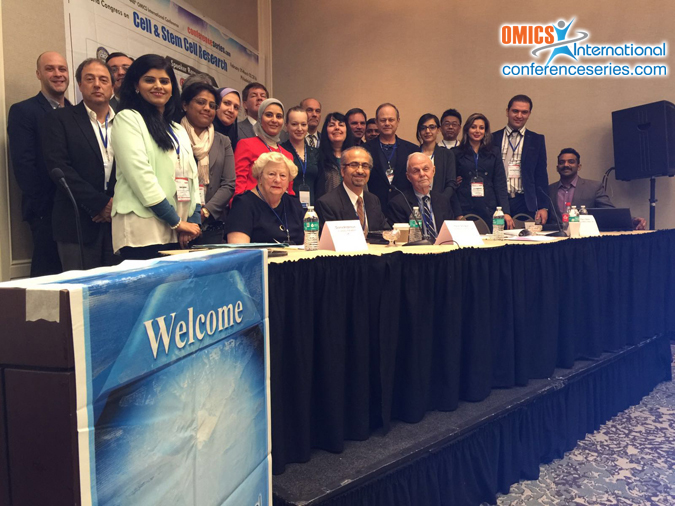
Qing Ma
University of Texas M.D. Anderson Cancer Center, USA
Title: The role of complement system in GVHD
Biography
Biography: Qing Ma
Abstract
Graft-verses-host disease (GVHD) is a major complication in allogeneic bone marrow transplantation, and characterized by epithelial cell injury in skin, intestine and liver. The development of GVHD involves donor T cell activation including proliferation, differentiation and inflammatory cytokine production, which lead to specific tissue damage. The interactions between the complement system and lymphocytes have been shown to regulate alloreactive T cell and APC function in the setting of allograft rejection. In recently published studies, we demonstrated that reduced GVHD mortality/morbidity in C3-deficient mice is associated with a decrease in donor Th1/Th17 polarization and Th1-driven DC activation. The number of donor-derived T cells including IFNγ+, IL17+ and IL17+IFNγ+ subsets was decreased in secondary lymphoid organs of C3-/- recipients. We conclude that C3 regulates Th1/17 differentiation in BMT, and define a novel function of the complement system in GVHD. To investigate whether anti-complement therapy has any impact on human T cell activation, a drug candidate Compstatin was used to inhibit C3 activation in this study. We found the frequency of IFN-γ (Th1), IL-4 (Th2), IL-17 (Th17), IL-2 and TNF-α producing cells were significantly reduced among activated CD4+ cells in the presence of Compstatin. Compstatin treatment decreased the proliferation of both CD4+ and CD8+ T cells upon TCR stimulation. We examined complement deposition in the skin and lip biopsy samples of patients diagnosed with cutaneous GVHD. C3 deposition was detected in the squamous epithelium and dermis, blood vessels and damaged sweat glands, and associated with gland damage and regeneration. We conclude that C3 mediates Th1/Th17 polarization in human T cell activation and skin GVHD in patients.

